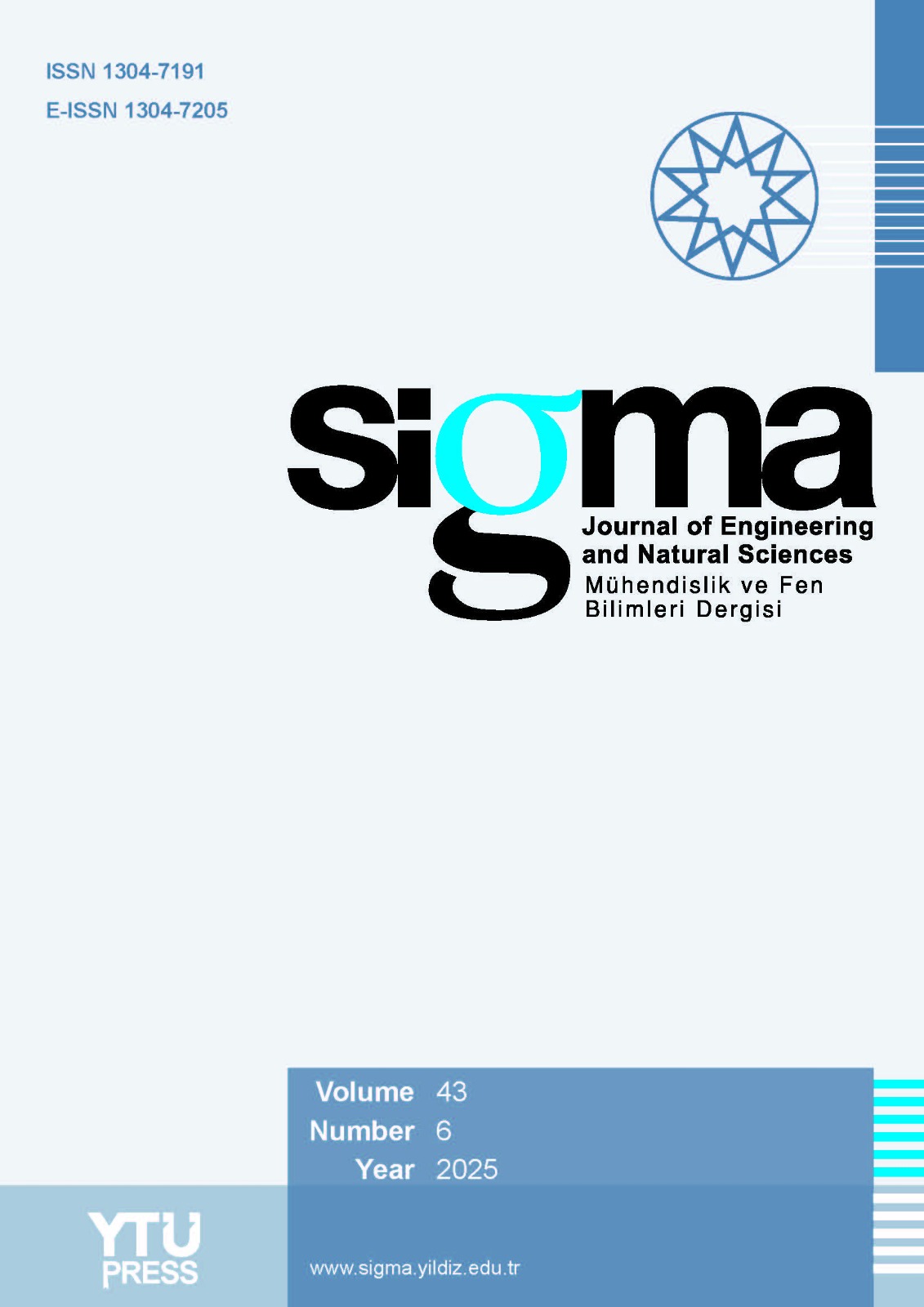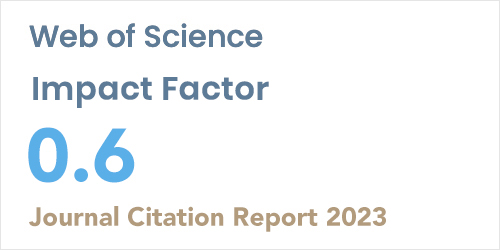2Department of Chemistry, Faculty of Art and Science, Hatay Mustafa Kemal University, Hatay, 31034, Türkiye
Abstract
Cation analysis plays a crucial role in various industries, including food, agriculture, and environmental monitoring. This study explored capillary electrophoresis for the separation of ammonium, potassium, sodium, calcium, magnesium cations, focusing on the effects of temperature (20-30oC) and voltage (20-30 kV) on peak and separation parameters: migration time, plate number, response factor, tailing factor, resolution, and selectivity. The shortest migration times for cations (from ammonium to magnesium) were observed at 30oC-30 kV (from 4.27 to 7.11 min), while the longest times (from 7.45-12.9 min) occurred at 20oC-20 kV. The tempera-ture significantly interacted with voltage on the migration of cations (p<0.05). The highest plate number was observed for magnesium (36800), followed by calcium (32031), potassium (14712), ammonium (6927), and sodium (5060). Temperature increases significantly (p<0.05) improved sodium’s plate number (from 2560 to 5060) but reduced it for other cations. Both temperature and voltage significantly (p<0.05) enhanced peak symmetry for sodium, as indicated by increase in its tailing factor (from 0.54 to 0.58 and from 0.54 to 0.57, respectively). Furthermore, the temperature and voltage showed a significant (p<0.05) interaction on the tailing factors of ammonium and potassium. Resolution between sodium and calcium was suboptimal (<1) at 20oC-30 kV but reached to 2.19 at 30oC-30 kV. These findings demonstrate that higher temperature and voltage conditions enhance separation efficiency, particularly for sodium, by improving plate number, peak symmetry, and resolution. This study presents a comprehensive quantitative comparison and offers specific capillary electrophoresis conditions to facilitate further research and method validation for cation analyses.














